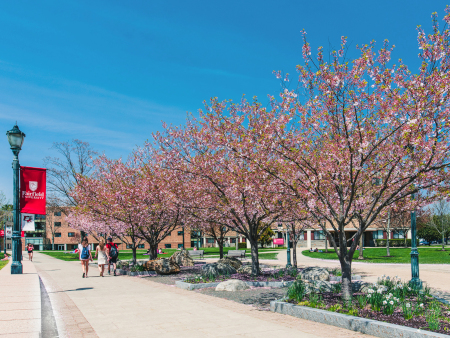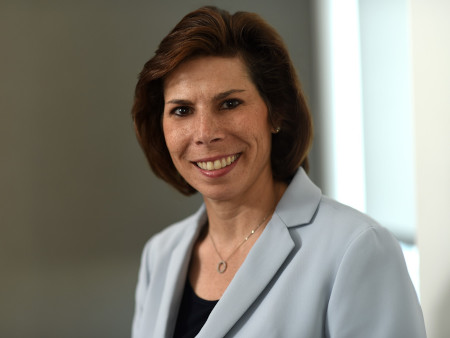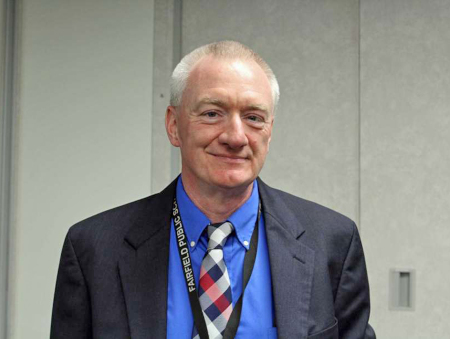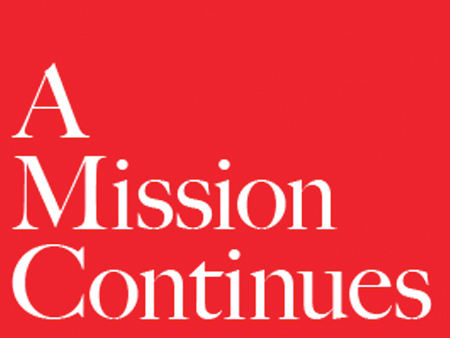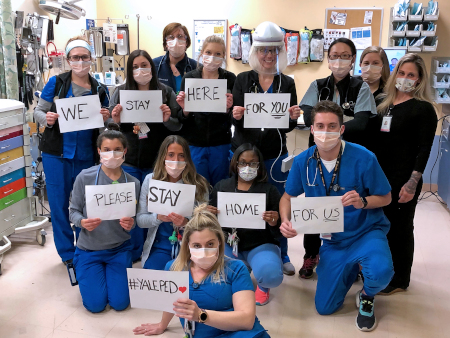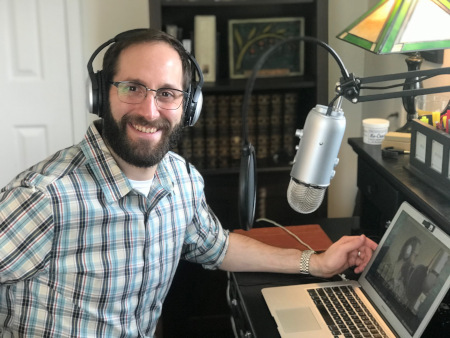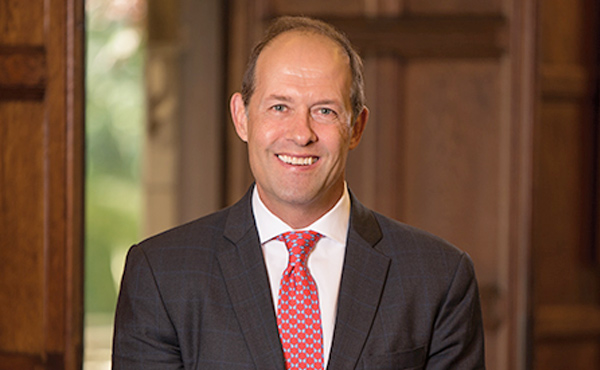Fairfield University ranks among the top 1% for long-term value of the degree in a new study from Georgetown University.
What are the numbers that got Fairfield to the top of this ranking? Its alumni have an earning potential, just ten years after graduation, of $103,000, plus a relatively low average debt, and a top graduation rate (82 percent).
— Georgetown University Center on Education and the Workforce
Fairfield graduates often talk openly about the “value” of their college experience, but they seem to use that word to refer to the intellectual and spiritual benefits the University has brought to their lives — rather than anything strictly quantifiable.
The value of Fairfield will always be, at least partly, experiential: walking up the hill with friends for class with a favorite professor in Donnarumma Hall, a relaxing cup of tea in the airy and open Tully Dining Commons, the smell of incense at a Lenten service at the Egan chapel, the stroll past the pond on the way to hear some unforgettable music at the Quick Center.
Graduates know that Fairfield, with its Jesuit-inspired, liberal arts education, has also prepared them well for a variety of careers, and they are quick to praise the University for the lasting value it has brought to their lives, well after their four years on the bucolic campus have come to an end.
Now, a recent study by Georgetown University has put numbers to that sense of value, capturing in empirical data what Fairfield grads have long perceived.
Using a 40-year period as a comprehensive benchmark, researchers took into consideration students’ income after graduation, average debt, and graduation rates. They collated and analyzed statistics from more than 4,500 U.S. colleges and universities — including public, private nonprofit, and private for- profit colleges that offer bachelor’s degrees, associate’s degrees, or certificates.
In the study, Fairfield earned high marks —placing it in the top one percent of institutions for Return on Investment (ROI), and second only to Yale University in the State of Connecticut.
Fairfield also placed higher than Amherst College, Boston University, New York University, and Syracuse University.
Other benchmarks are notable, too: the study ranked Fairfield fourth among the top five of 27 Jesuit universities in the United States — apace with Georgetown, Santa Clara University, Boston College, and College of the Holy Cross.
What are the numbers that got Fairfield to the top of this ranking? Its alumni have an earning potential, just ten years after graduation, of $103,000, plus a relatively low average debt, and a top graduation rate (82 percent).
According to the report, which uses new data from the expanded College Scorecard — an online database launched by the U.S. Department of Education in 2013 to give families more information about colleges — potential students should consider how much it will cost to obtain a credential, and how much they could potentially earn with it.
The report, entitled “A First Try at ROI,” focuses on net present value from college, which was calculated by assuming that earnings ten years after first attending are a reasonable indicator for future earnings. It also assumes that the total investment is reflected in the total cost of college, which College Scorecard provides as the average annual net price.
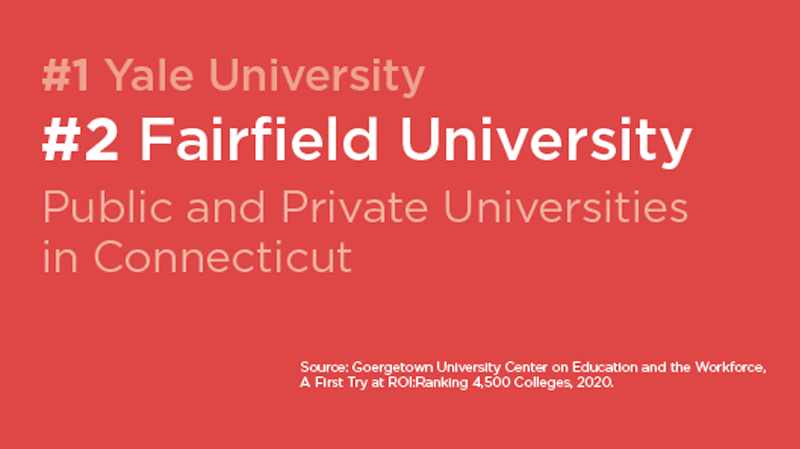
For each college, the study also evaluated such factors as net price, median debt, and median earnings, and their related ratios. With Fairfield ranking in the top one percent for ROI, the metrics signal a Fairfield University education has an ever-increasing value. The Georgetown study comes on the heels of Fairfield’s recent ranking in the top 20 percent on the Forbes Top Colleges List and a top-five placement in several statewide rankings from Niche.
In addition, Princeton Review listed Fairfield among the top 15 schools for “happiest students” in the nation — something prospective students who visit campus with their parents are more than likely to notice for themselves.
University President Mark R. Nemec, PhD, in a video address sent to admitted students in April, reflected on the findings of the Georgetown study, and noted that Fairfield’s standing is partly due to its focus on the way it “develops student capacities,” readying students to think “deeply and broadly about any opportunity or challenge they encounter.”
Fairfield will always be more than its numbers, however glowing they may be. In his address, Dr. Nemec highlighted the way in which Fairfield encourages a “commitment to the community,” and suggested that the Jesuit ideals instilled in its students are ones that are prized by its large network of alumni — who are especially quick to hire Fairfield students.
In a time of economic uncertainty, it’s likely that this newly conferred status for the University will be an attractive consideration for potential students.
Citing the current worldwide pandemic crisis in his speech, President Nemec reminded his listeners that the University was “built in the shadow of the Great Depression” and has always reflected “resilience at times of great challenge and uncertainty.” In these unprecedented times, Fairfield’s numbers in the Georgetown study are reflections of that resilience, he suggested — and a confirmation of what its enthusiastic alumni have always known
